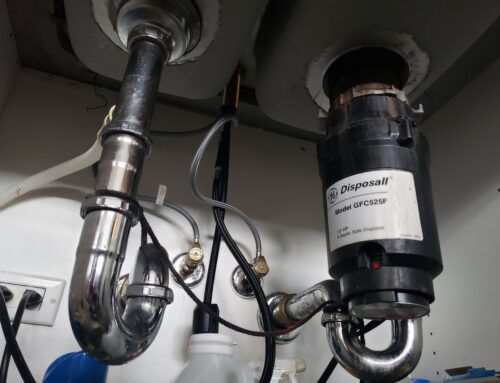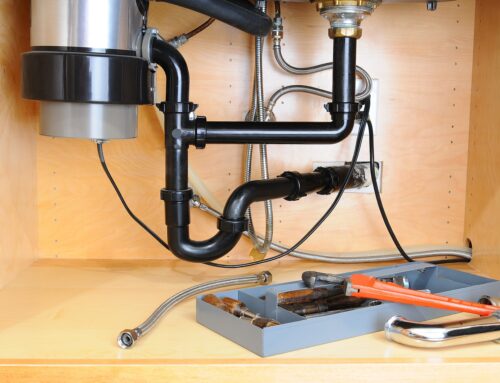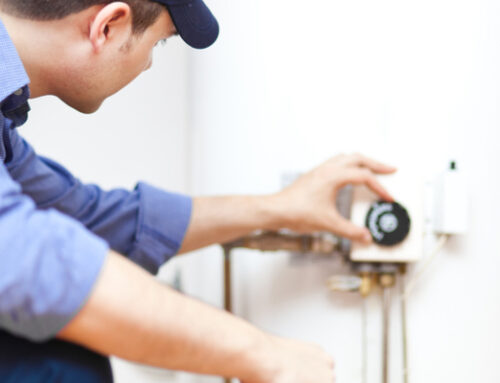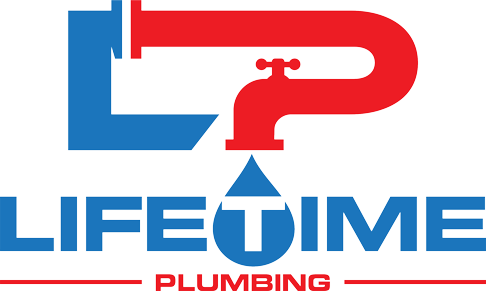Table of Contents
What is Limescale?
Limescale is a hard, chalky white deposit that forms on the inside of kettles, pipes, and other surfaces that come into contact with hard water. It is mainly composed of calcium carbonate and magnesium carbonate, which are minerals present in the water. Limescale can build up over time and cause blockages and damage to appliances and plumbing systems if not regularly removed or treated.
While limescale can be an eyesore and can even affect the performance of appliances like kettles and showerheads, it can be removed and prevented with a few simple steps.
Why do you need to Remove Limescale
There are several reasons why it is important to remove limescale:
Aesthetics: Limescale creates unsightly stains and crusty build-up on fixtures, faucets, and appliances. Removing it can improve the appearance of the surface and make it look clean and fresh.
Performance: Limescale can reduce the efficiency and performance of appliances, such as kettles, coffee makers, and washing machines. It can cause them to work harder, consume more energy, and potentially shorten their lifespan. Removing limescale helps maintain the optimal functioning of these appliances.
Plumbing: Limescale can accumulate and clog pipes, leading to reduced water flow and pressure. Over time, this can cause plumbing issues and expensive repairs. Regularly removing limescale helps to prevent such problems and maintain healthy plumbing.
Health: Limescale can affect the quality of water by imparting an unpleasant taste and smell. It may also contain minerals and impurities that can be harmful when consumed in higher doses. Removing limescale improves the taste and purity of the water, making it safer for drinking and cooking.
Maintenance: Limescale can cause damage to surfaces and fixtures if not removed promptly. It can corrode and degrade materials, leading to the need for repairs or replacements. Removing limescale regularly helps prevent unnecessary maintenance costs.
Overall, removing limescale is essential to maintain cleanliness, enhance performance, prevent clogs, ensure water quality, and prolong the lifespan of various appliances and plumbing systems.
Methods to Remove Limescale
Natural Cleaning Solutions
One of the most effective ways to remove limescale is by using natural cleaning solutions. Vinegar is a popular option as its acidic properties help dissolve the minerals present in limescale. You can soak affected items like showerheads, taps, or even a kettle in vinegar overnight and then scrub off any remaining limescale using a toothbrush and rinse thoroughly.
Chemical Descalers
If the natural cleaning solutions don’t yield satisfactory results, you can opt for chemical descalers available in the market. These products are specifically designed to remove limescale and usually come in spray or liquid form. Follow the instructions provided on the product label and wear protective gloves while using chemical descalers as they may contain harsh chemicals.
Lemon Juice
Similar to vinegar, lemon juice can also be an effective natural cleaner for limescale removal. The citric acid present in lemon juice helps break down mineral deposits. Squeeze fresh lemon juice onto the affected areas, let it sit for a few minutes, and then scrub away the limescale with a cloth or sponge. Rinse thoroughly afterwards.
Baking Soda
Baking soda is another excellent natural cleaning agent that can help remove limescales. Make a thick paste by mixing baking soda with water and applying it to the affected areas. Let it sit for some time and then scrub away the limescale with a brush or cloth. Rinse thoroughly afterwards.
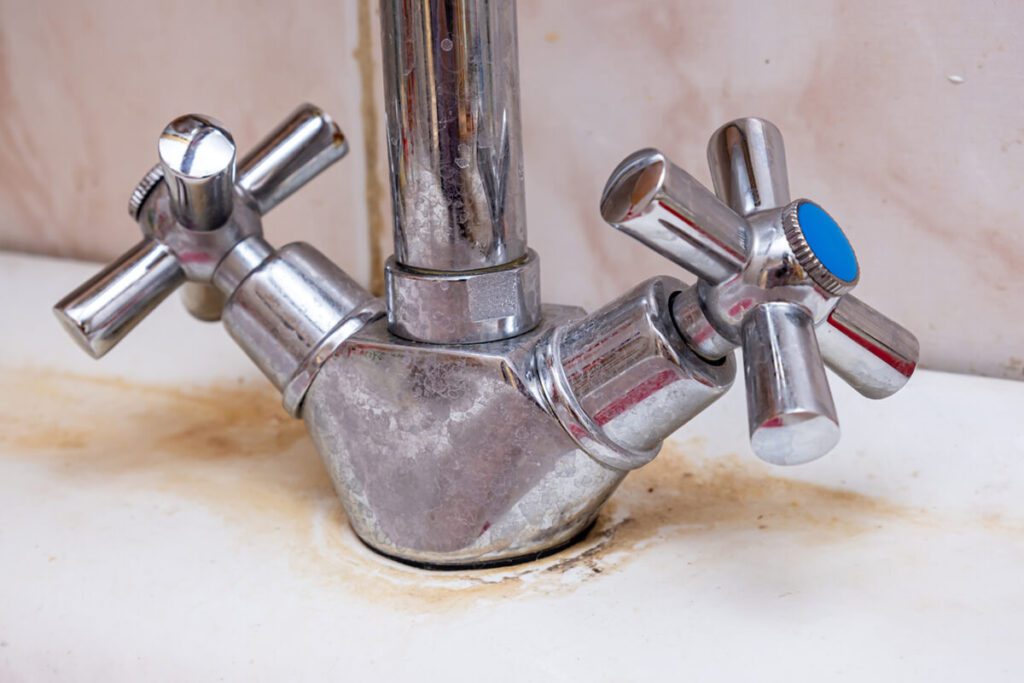
Methods to Prevent Limescale
While it’s important to know how to remove limescale, preventing its buildup in the first place is equally crucial. Here are a few preventive measures:
Regular cleaning
Regularly clean surfaces prone to limescale buildup, such as taps, showerheads, and bathroom fixtures, using mild cleaning agents. This will help prevent limescale accumulation.
Water softeners
Consider installing a water softener system in your home. These systems help minimize the mineral content in your water, preventing limescale formation.
Use distilled or filtered water
Using distilled or filtered water in appliances that are prone to limescale buildup, such as kettles and coffee machines, can help reduce the mineral deposits.
Wipe dry
After using water in the bathroom or kitchen, make sure to wipe surfaces dry with a towel. This prevents the accumulation of excess moisture, reducing the chances of limescale formation.
Regular maintenance
Regularly service and maintain appliances that come into contact with hard water, such as boilers or humidifiers. This will help prolong their lifespan and reduce limescale buildup.
Remove and Prevent Limescale – Conclusion
In conclusion, limescale can be removed effectively using natural cleaning solutions like vinegar, lemon juice, or baking soda. If these methods fail, chemical descalers can be used, but caution should be exercised. To prevent limescale buildup, regular cleaning, use of water softeners or distilled/filtered water, wiping surfaces dry, and maintaining appliances can significantly help. By following these tips, you can keep limescale at bay and maintain a clean and limescale-free environment in your home or workplace.
Contact your local drain cleaning expert if you need further advice on what to do, by calling (773) 595-1867!

